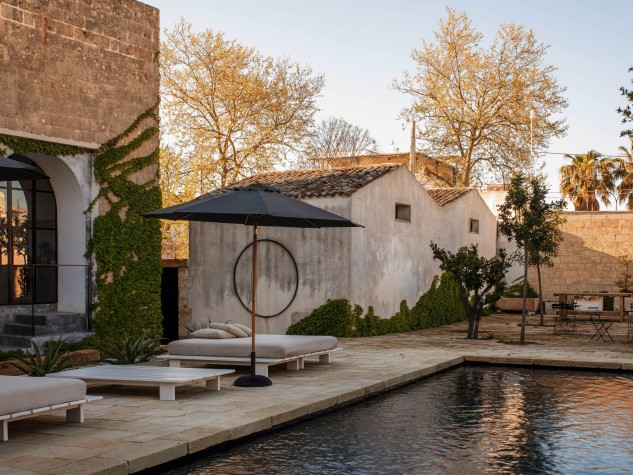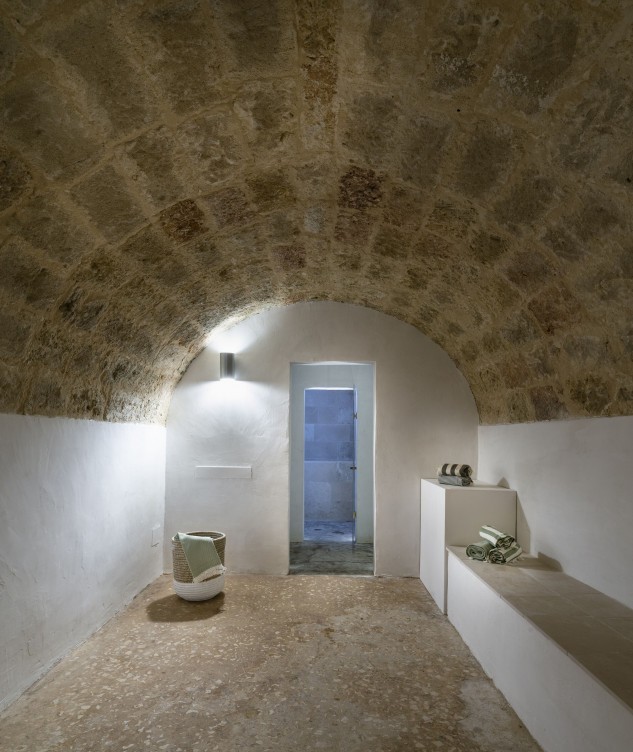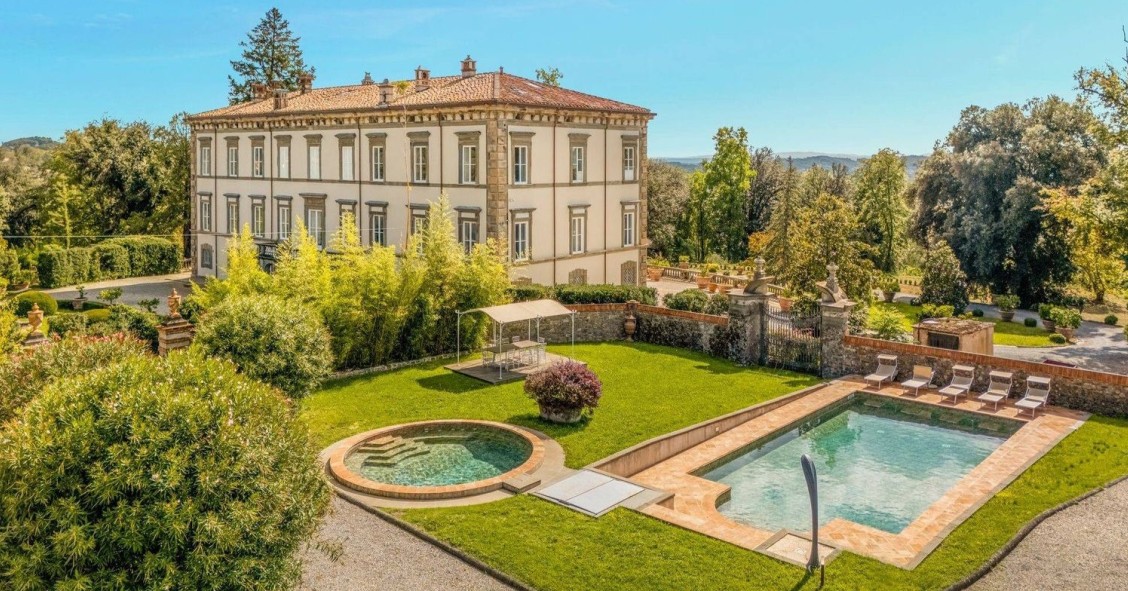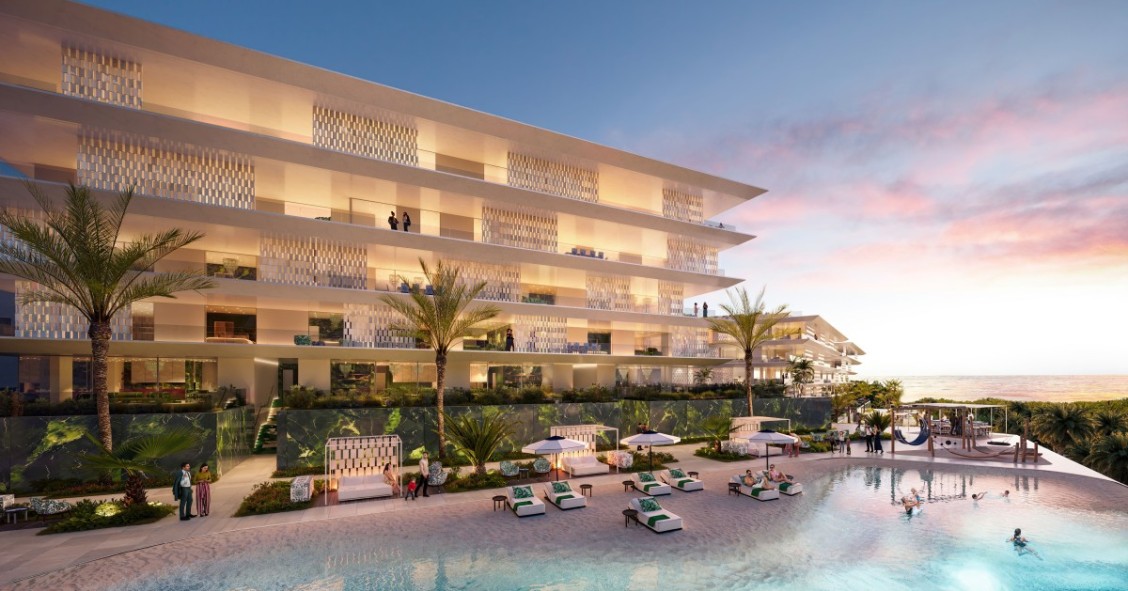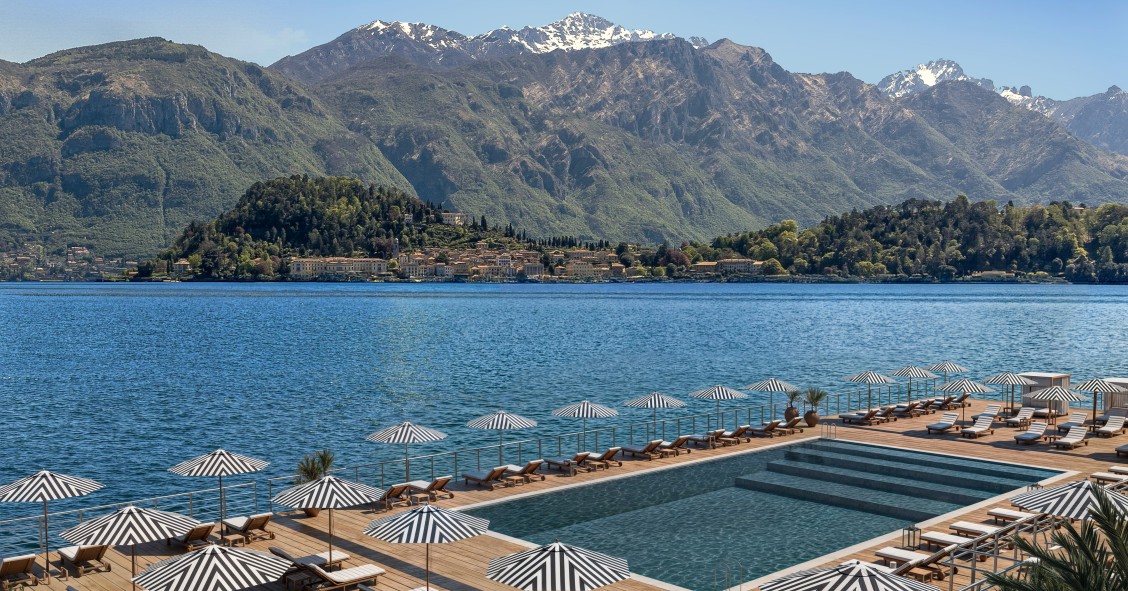
Italy, often known as "the boot", is full of charm no matter the region. Located right in the heel of the boot is Gagliano del Capo. This small town of only 5,000 inhabitants is located at the most southern end of Salento, on the headland that separates the Adriatic and Ionian seas. It is precisely in this strategic point, but also one of great artistic and natural beauty, that Palazzo Daniele stands proudly.
This old building from the 19th century is 158 years old and today is the home of a fantastic boutique hotel with nine suites. In addition, the interior of the palace is open to the public housing numerous art exhibitions. Such is its fame that it was named Hotel of the Year at the AHEAD Europe 2019 hospitality awards.
The interior of the former palace is characterised by a series of patios that are connected with each other through a series of steps maintaining visual contact, while the hotel rooms are face to face. The building has recently undergone a face-lift with a more than spectacular result. The renovation project was managed by Palomba Serafini Associati as part of an architectural restoration project, which was mainly about redistributing the interior of the building.
Because of its peculiar characteristics, Palazzo Daniele is a work of art in itself, but it also houses important exhibitions and collections within its walls. Despite the antiquity of the palace, everything is in constant evolution in order to accommodate artists, with studios, rooms and common areas which intertwine and disappear according to the artists' momentary needs.
"The restoration project aims to highlight the theme of detachment, to return these spaces to the idea of places that are no longer inhabited, but liberated from their nature and their function incorporated into the aesthetics linked to the type of furniture for a living day. Some elements of the functional furniture are still contextualised and connected to the works of art on display in a set of references that aims to highlight the sanctity of absence," stated by the project managers.
In this way, they defend that, "architecture can be read like a book that, from time to time, changes the story it tells; perhaps washing the walls mixed with a new colour, some furniture changes and rotating works of art and works in a path of discovery of space from details to macro proportions".
In this way, openings are created towards the outside creating a feel that blends the interior with the exterior, in a continuity between the painted spaces and the naked walls. These features create something highly unusual where the bathroom also becomes an architectural wonder in itself, with archaic fountains of water coming down from the ceiling from a height of 6 metres. This water is collected in a large basin, made with serene stone by Andrea Sala. Other unique features include the monastery-like cells with lighting by Simon D'Exéa.
In addition to these unusual features, IKEA's basic wall lamps, the only lighting in the bedroom area, always remain in the position of the last person to occupy the room because "even the room itself becomes a stage of life, past and present, a memory and a story about those who have experienced it before us".
Let's have a look inside this unique hotel where the peace and beauty of southern Italy can be enjoyed to the full.







